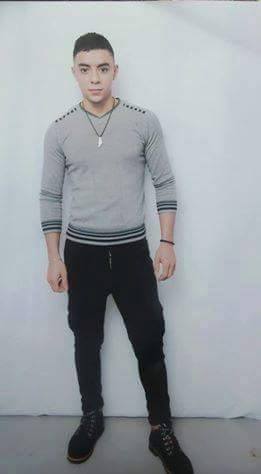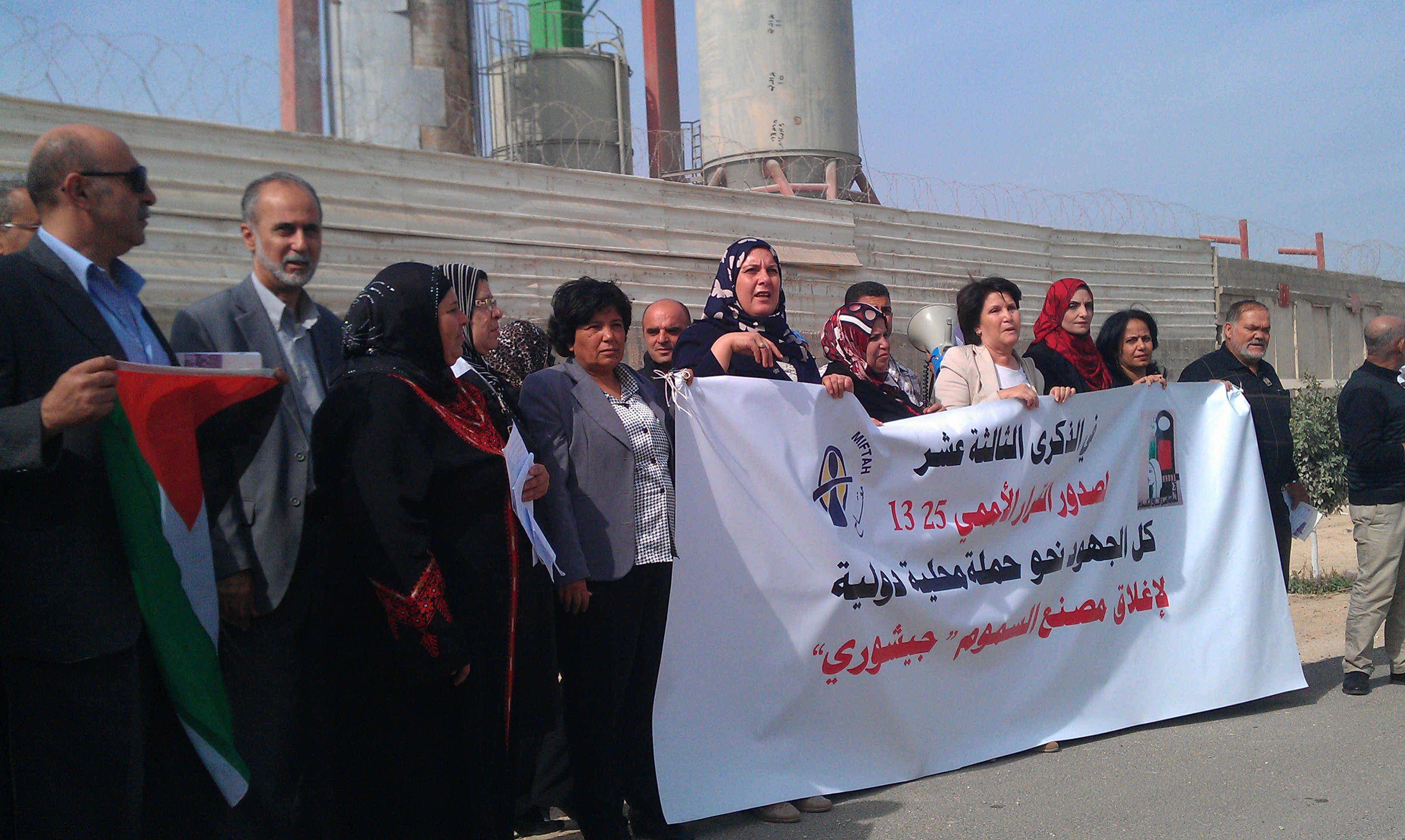Tag: Tulkarem
-
Action alert: Help free Ammar!
7th November 2015 | International Solidarity Movement, Huwara Team | Tulkarem, occupied Palestine Updated on November 18th Yesterday we went to Tulkarem and finally met Ammar, together with his friend Warda. We had a long conversation, where Ammar told us how good he feels to be out of jail and all the things he wants to…
-
Photo story: Palestinians march in Tulkarem to defend their right of return
31th May 2014 | International Solidarity Movement, Nablus team | Tulkarem, Occupied Palestine On the morning of the 31st of May, several buses filled with Palestinian and international activists from across the West Bank gathered in Tulkarem to march towards the Natanya checkpoint, used only by the Israeli military forces. Political groups, Palestinian civil society and…
-
Protest against Israeli chemical factories in Tulkarem
5th November 2013 | International Solidarity Movement, Nablus Team | Tulkarem, Occupied Palestine On the 4th of November, associations, officials and activists protested against the chemical factories that sicken the population of Tulkarem. The construction of Israeli factories on Palestinian land near Tulkarem started in 1987. At the time locals were told these installations were…



